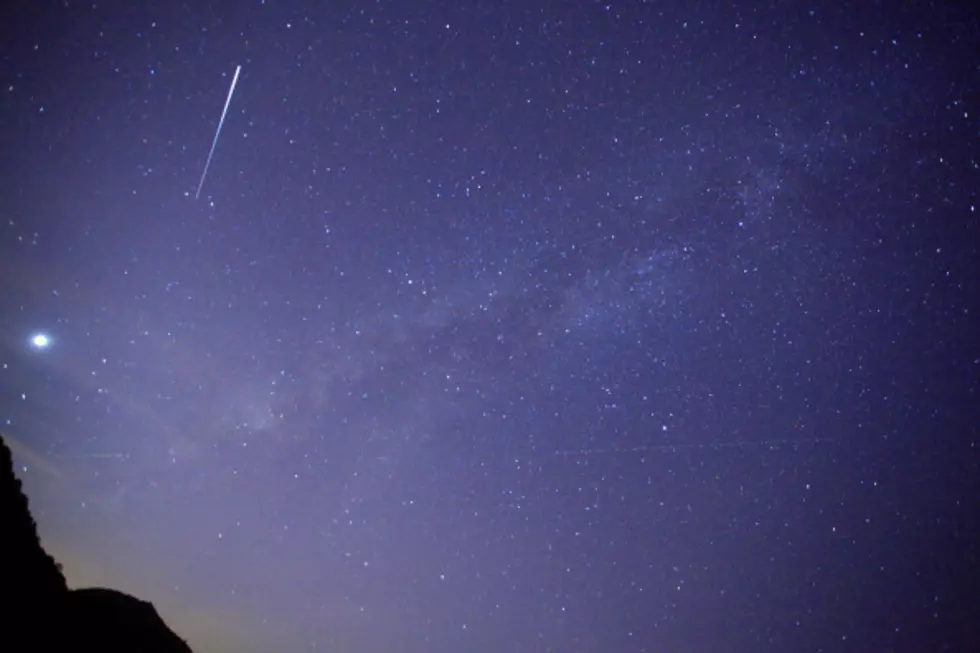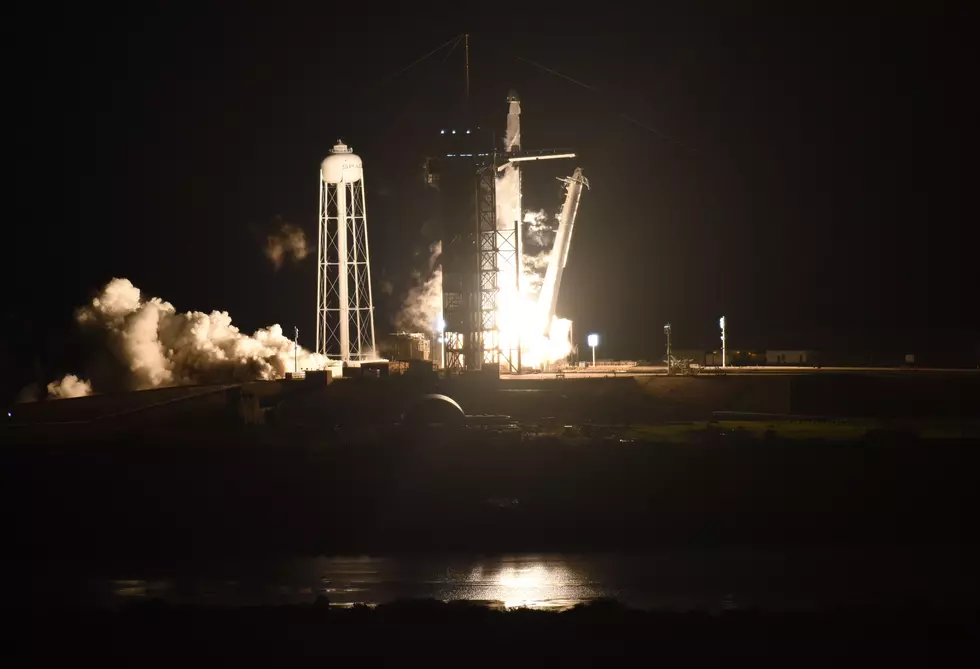
Total Eclipse of the Moon Wednesday Morning
A total eclipse of the Moon will happen this Wednesday morning.
According to Jared Silverman with WAFB, this is the first full eclipse of the Moon since 2019, and it is a Super Flower Bloodmoon Eclipse, whatever that means.
An eclipse of the Moon happens when the Earth moves into a position directly between the Sun and the Moon, blocking the Sun's rays from hitting the Moon. It's akin to someone "popping the question" at someone else's wedding.
The last time a total lunar eclipse happened was in 2019 and, during the live stream of the event, astronomers witnessed a flash of bright light on the surface of the Moon. It wasn't ET trying to message us; it was an impact. For the first time, a meteorite crashing into the Moon was recorded during an eclipse. Pretty cool, huh?
While reading about the last time a total lunar eclipse took place, I learned what a "Wolf Moon" is: a Wolf Moon is what astronomers call the first full moon of a calendar year. A "Blood Moon" refers to the color of the Moon during a lunar eclipse, and a "Super Blood Wolf Moon" would refer to the color of the first full moon of the calendar year when the Moon is at a certain distance from Earth.
This year's total lunar eclipse will begin at 6:11 Central Time on Wednesday, May 26, 2021, but: visibility in our area will be limited. Experts are saying to get a good view of the eclipse, one would need to be in the western 2/3 of the country. Louisiana is in the western 2/3 of the country, but just barely: the Mississippi River is the dividing line, give-or-take. The more west you go, the better view you'll have.
We understand our friends in Hawaii will have a great view of the eclipse.
By the way, we found out why it's called a "Flower" full moon: think "April Showers". There ya go.
KEEP READING: Get answers to 51 of the most frequently asked weather questions...
LOOK: The most expensive weather and climate disasters in recent decades
KEEP READING: 10 classic board games that will take you way back
More From 99.9 KTDY









